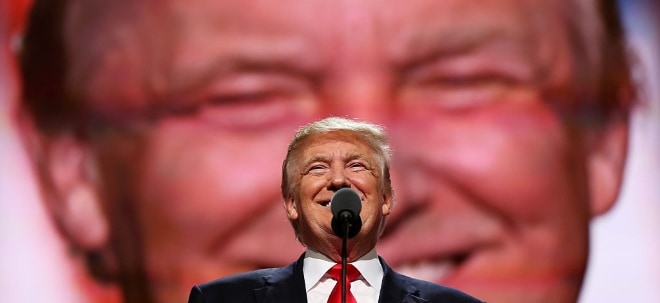CHARTS: The coming critical minerals trade war is BRICS short of a load
The incoming Trump administration’s threat of tariffs on friend and foe has muddied the already cloudy outlook for mining and metals in 2025. Chinese retaliation has been swift, imposing stricter export controls on so-called dual-use materials and banning shipments of gallium, germanium, antimony and other ‘superhard’ materials.While sourcing these substances quickly may be super hard is certainly a headache for the US and prices of these low-volume materials have already rocketed, there are critical mineral projects and mines in the country and friendly nation-producers that can take up the slack. Just last week Rio Tinto announced plans for gallium production at a Canadian facility and Trump’s promises of fast-tracking government approvals for extractive industries could see some critical mineral projects long in the works turn into producing assets (and when all else fails just buy Greenland). Beijing’s tightening of export rules around graphite (similar to those applied to rare earths more than a year ago) which is used in virtually all electric vehicle and energy storage batteries, could have bigger impacts. China’s total dominance of the production, and more so, processing of the anode material is today what it was on rare earth when the country’s export quotas saw it land up at the WTO tribunal in 2010. While rare earth exploration and production outside China have boomed since then, the country’s grip on downstream permanent magnet and rare earth metal production will take many more years to fully prise. Though there are no bans on graphite and rare earths exports, it’s a shot across the bow, and allows Beijing to keep its powder dry, for any future retaliation against US trade sanctions. BMO Capital Markets in its 2025 mining outlook says further restrictions from China look probable, and this could result in “further amplified minor metals prices moves in 2025”. When it comes to threats of 25% on all goods from Canada and Mexico, BMO says “common sense would suggest critical mineral security of supply may be treated a little differently,” not least because so much is national security and defence related: “As an example, Mexico and Canada also rank first and second for US silver imports last year, which would be required for domestic solar panel production. “We might also see more support for e-waste recovery and critical mineral recovery circuits at smelters and refineries. “That said, the natural reaction is to throw money at the problem and build strategic stockpiles, which doesn’t help the longer-term supply issue.”Indeed, when looking at longer-term supply issues the much-vaunted decoupling by the West from supply chains in Russia, China and by extension the ever growing BRICs bloc, will take longer than getting a critical metal mining permit approved in Arizona. As the graph shows China’s grip on the global mining industry both as a buyer and a supplier is undiminished, particularly when compared to the US. Add current and future BRICs members – most notably Indonesia which has used mineral export restrictions to attract inward investment to great effect – and building extensive supply chains outside these countries quickly become a multi-decade undertaking. BMO points to the fact that one of the Biden administration’s last acts was to help underwrite funding for the Lobito Rail Corridor in Africa does show that “rhetoric is finally translating into action.” The last time a US president visited Africa was in 2015 and in the meantime the African mining train left the station. China has turned the continent into its mining backyard and while the one-party state’s overall imports have been weak this year, shipments of raw material from Africa have set records in many instances says BMO: “While many countries around the world still shun supporting investment in mining, Importantly, China’s African investments have bolstered ‘self-sufficiency’ in metals such as copper, where China’s proportion of cathode imports from Africa are now running at 40%, up from just 9% in 2019. “While this will potentially raise some future challenges in managing remote assets, we reiterate that while a large number of countries around the world continue to talk about securing raw material supply, China is actually doing something about it. “We expect to see even more Chinese investment into assets over the coming years, though will be interested to see if this shifts from an operator-led model to a partnership one (more akin to the Japanese trading houses).”Weiter zum vollständigen Artikel bei Mining.com
Quelle: Mining.com
Nachrichten zu Minerals Corporation Limited MSCShs
Keine Nachrichten im Zeitraum eines Jahres in dieser Kategorie verfügbar.
Eventuell finden Sie Nachrichten, die älter als ein Jahr sind, im Archiv
Analysen zu Minerals Corporation Limited MSCShs
Keine Analysen gefunden.

